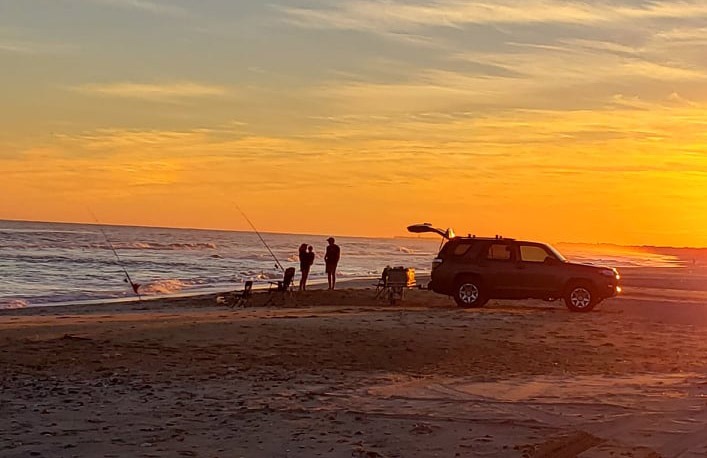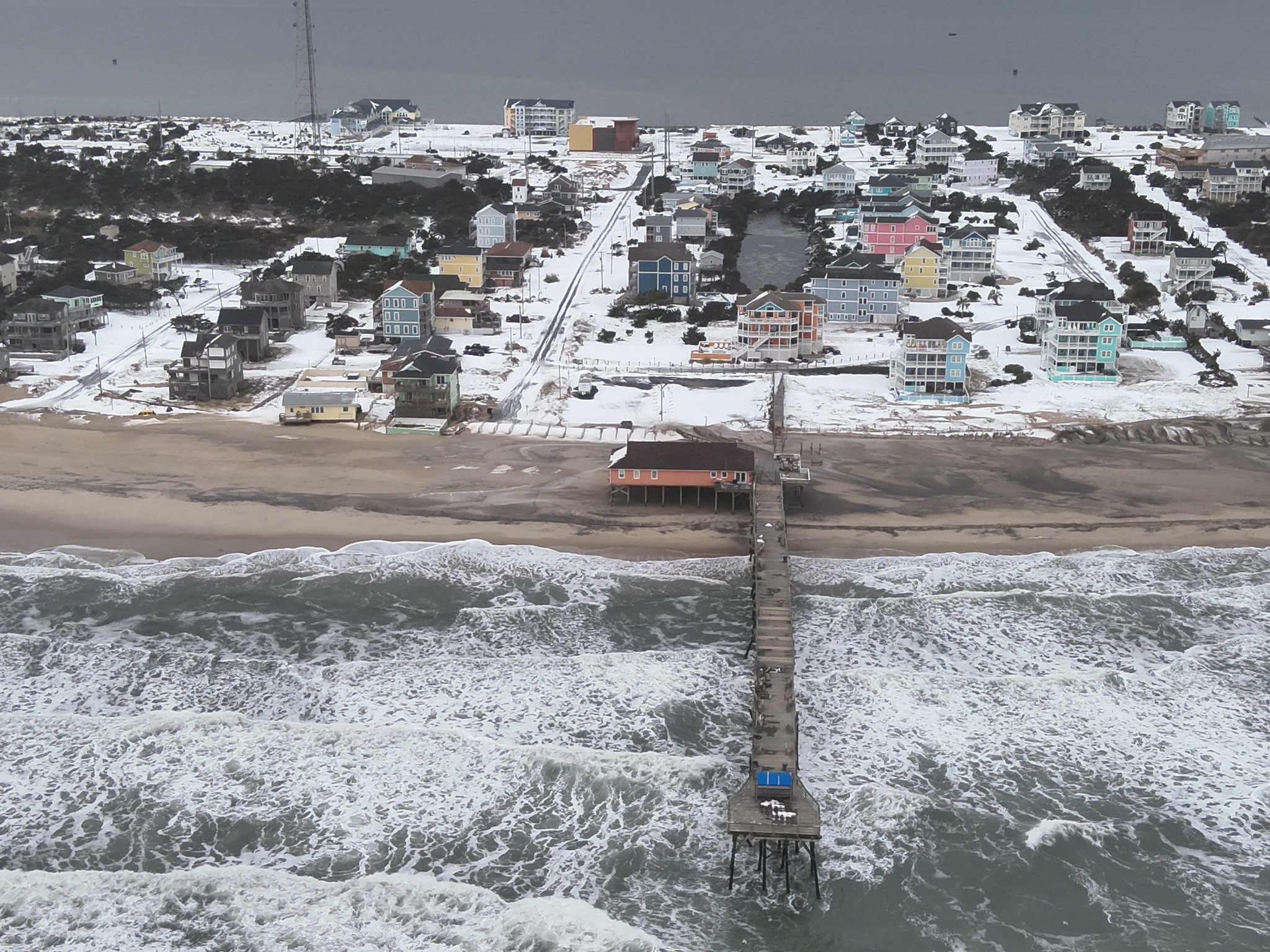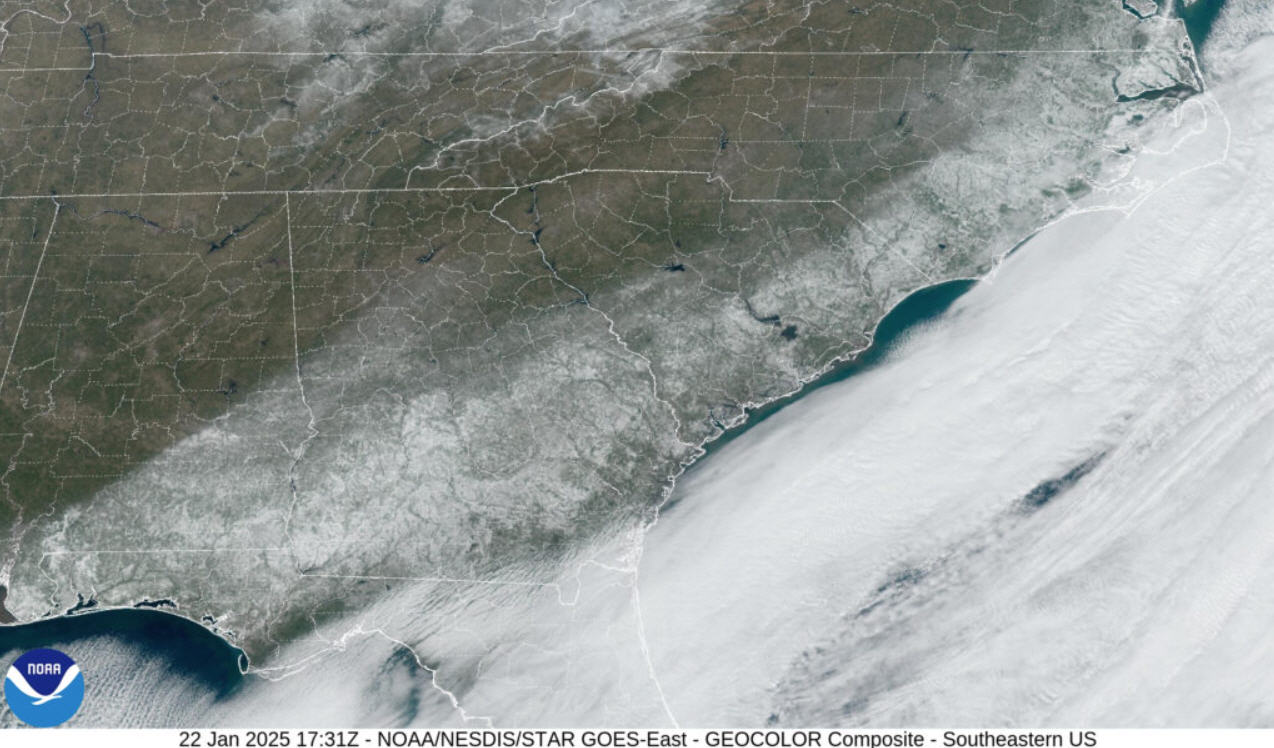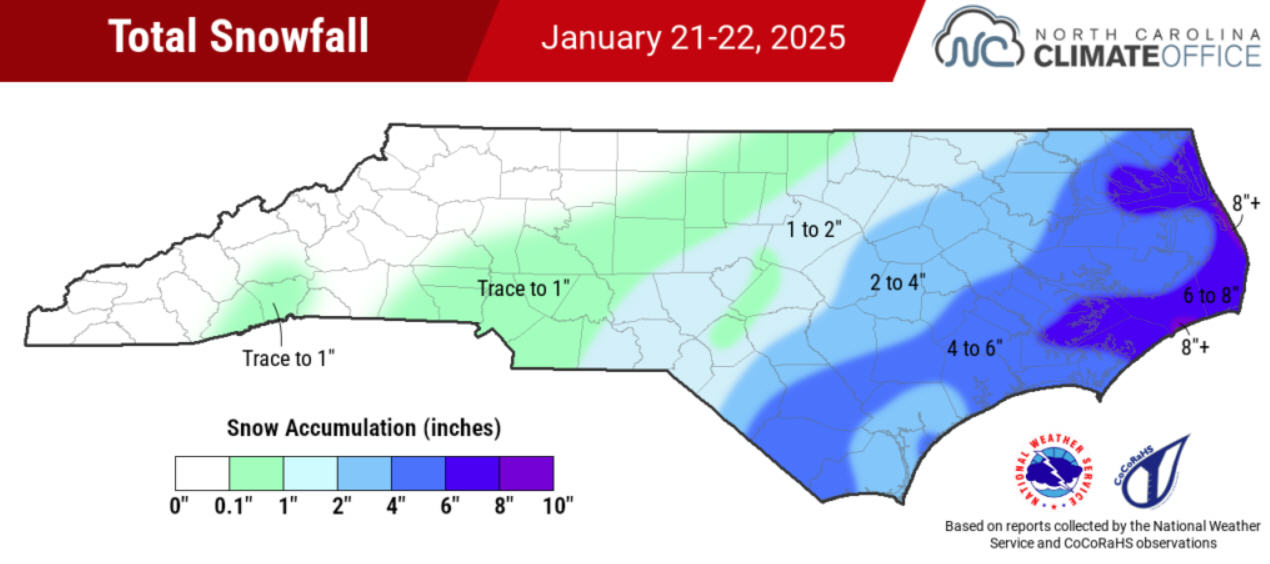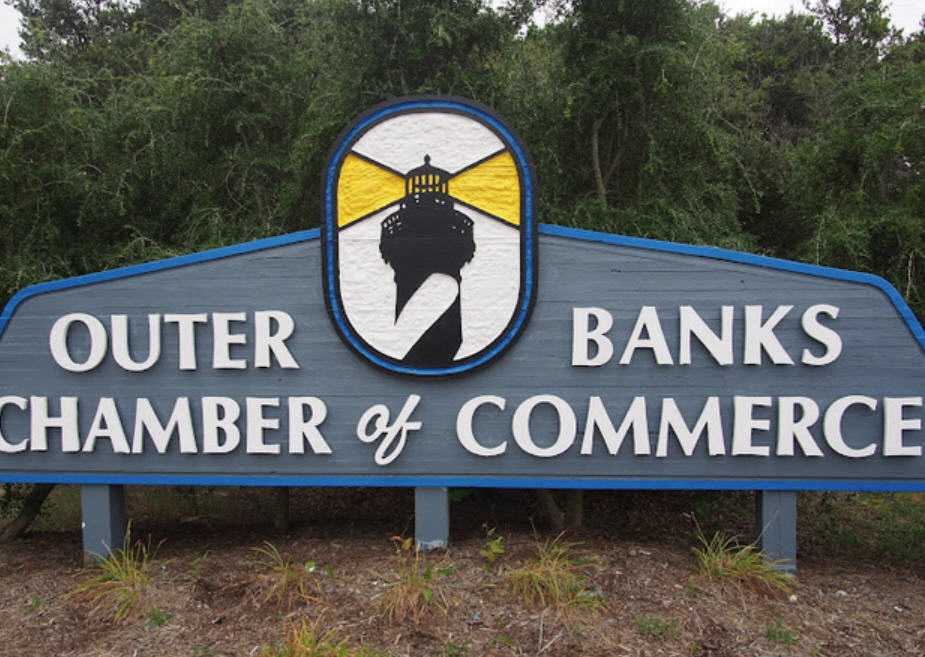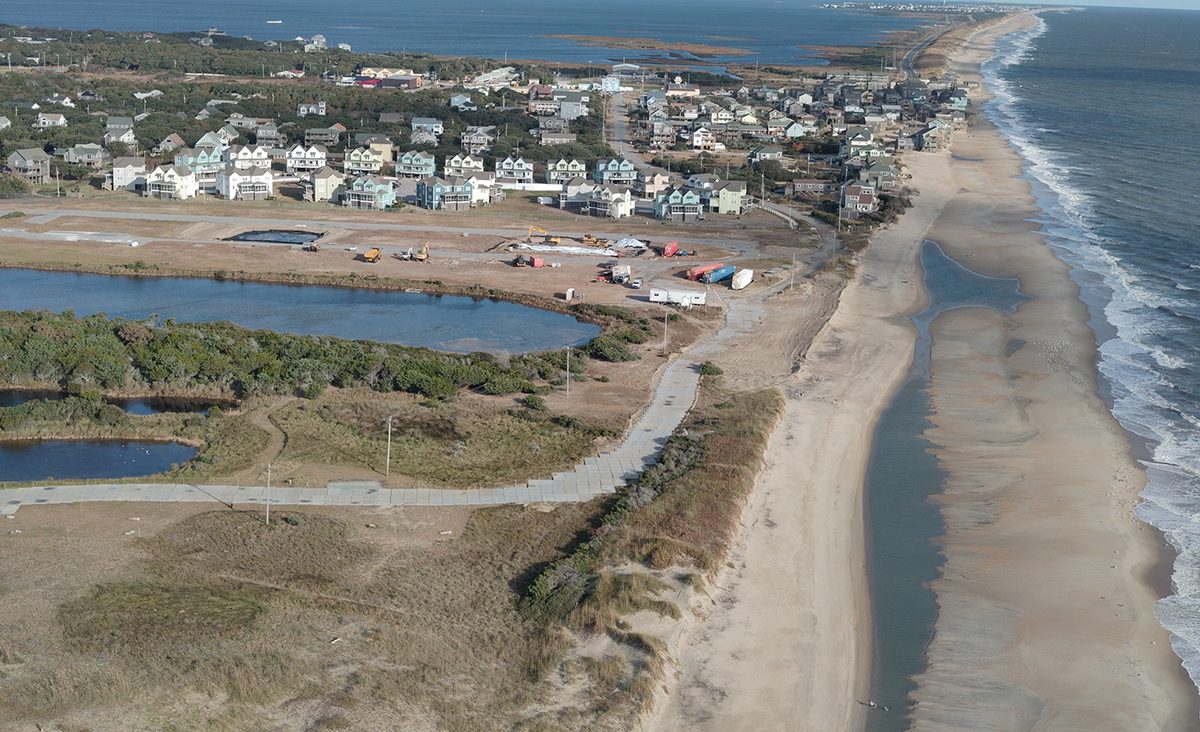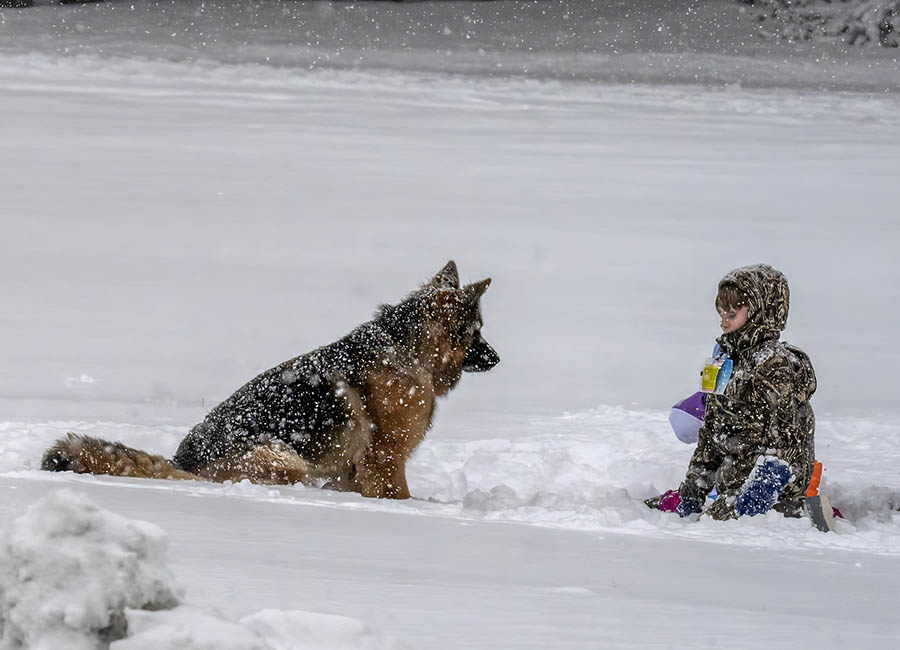Dredging in Hatteras Inlet scheduled to start this week
Dredging will start this week in a shoaled section of channel in Hatteras Inlet, a project that will provide much-needed relief to ferry and private vessel traffic to and from the Atlantic.
Working off a recently completed survey, the state Ferry Division will use the state dredge Carolina to clear about 700-800 feet between the inlet gorge and Sloop Channel, a section that currently has as little as 3.5 feet of water.
Early on, a pilot channel will be carved to allow quicker access for local vessels.
“We’re going to get a little area cut out for you guys to start using,” Ferry Division Deputy Director Jed Dixon said at Tuesday’s meeting of the Dare County Oregon Inlet and Waterways Commission.
Although a power cable crosses the area that will be cleared, only the southeast corner of the project area will have to be avoided, he said.
Dixon, a commission member, said that he expects that increased water flow in the dredged area will naturally clean the spot over the cable.
“We’re using a pipeline dredge and we don’t want to get our cutter anywhere near that line,” he said. “We’re going to dredge up to it within reason, and let Mother Nature take care of the rest of it.”
As part of a memorandum of agreement, the state is paying three-fourths of the $452,000 project cost. The Dare County Board of Commissioners voted earlier this month to approve $113,000 for its share of the cost.
According to the schedule provided to the county, the project will remove about 73,000 cubic yards of sand in about 75 days, or by Jan. 21, weather permitting.
For reasons no one has been able to pinpoint, the natural channel started clogging during the summer, and was soon nearly impassable. After considering several options, commission members concluded that having the county and state share the costs of using the state dredge to remove the sand was the most practical – and fastest – solution.
In addition to paying its share of the dredge project, the county paid $3,750 for its share of the survey costs. The state covered the remaining 75 percent of the cost out of the state inlet management fund.
A survey – included in the contract — will be done after the project is completed, and inlet users will continue to monitor the area. But if it shoals again, the whole process will have to be repeated.
Hatteras charter boat captain Ernie Foster, a commission member, said after the meeting that the project is good news for everyone who transits the inlet. Boaters, he said, have been forced to pick and choose when to go out based on tides.
Foster said that some bigger vessels have had to wait several cycles in the ocean for a better tide to get in. And transient large sport and commercial vessels have avoided Hatteras Inlet altogether.
“This will allow the Hatteras watermen safe access to and from the ocean,” he said.
But despite a respite in the immediate crisis, the commission is looking ahead to find a long-term solution to increased shoaling in the once-stable inlet.
Allen Burrus, Dare County Commissioner from Hatteras and a commission member, made a motion – approved unanimously – to request a feasibility study of Hatteras Inlet – similar to what the Oregon Inlet Task Force has had done at Oregon Inlet. Such a study provides necessary information to secure ongoing funding for dredging projects.
Burrus also suggested that it might be a good idea to start the process of getting permits in place in case the alternate ferry channel – the so-called long channel – will need maintenance in the future.
“It’s something we need to start looking at,” Dixon agreed.
Most of the ferry channel has good water, but some parts are too narrow for two ferries to pass, especially at one of several sharp turns, so one ferry waits until the other goes by. A ferry recently grounded at the turn into Barney Slough, where the current and the winds are strong.
With a hard ebb tide that day, there was not enough width in the channel to make the turn, Dixon said, and the vessel was pushed up against the shoal. The ferry was eventually able to float off, but not before the Coast Guard picked up the passengers.
Roger Bullock, chief of navigation for the U.S. Army Corps of Engineers Wilmington Branch, said that the Corps would be able to dredge that turn, which is near Buoy 12, when the Merritt is done with work it is currently doing near the bridge fenders in Oregon Inlet.
But it may be possible, depending on conditions, he said, to send the Merritt to Hatteras sooner to clear that area.
Dixon said the lighter winter schedule has made the situation less pressing.
“We’ve been able to get by,” he said. “The parameters are real tight. We just need some relief as soon as we can get it.”
Before the meeting ended, commissioners agreed to change the Waterways Commission meeting dates to the second Monday of the month, and to hold every other meeting in Hatteras. The next meeting will be held in Manteo on Jan. 11.





